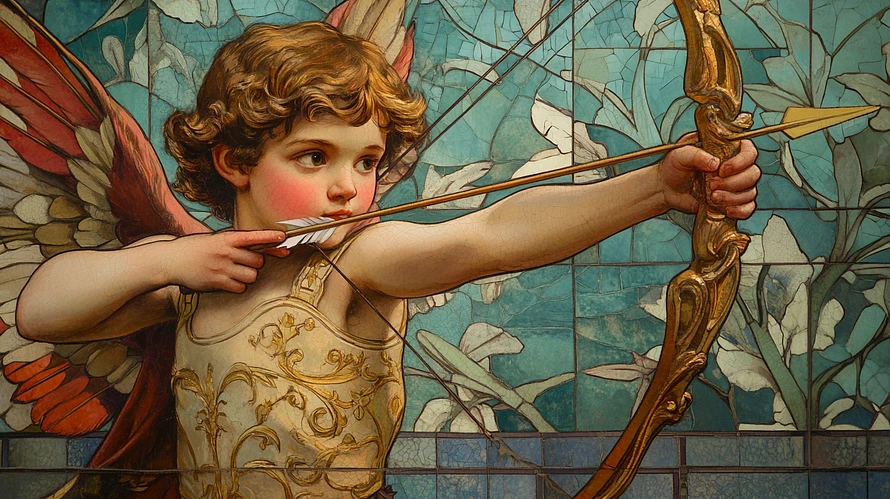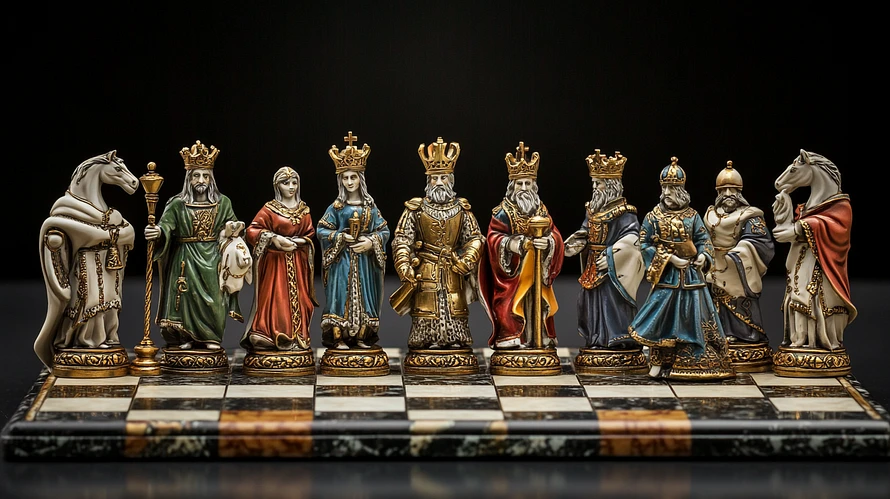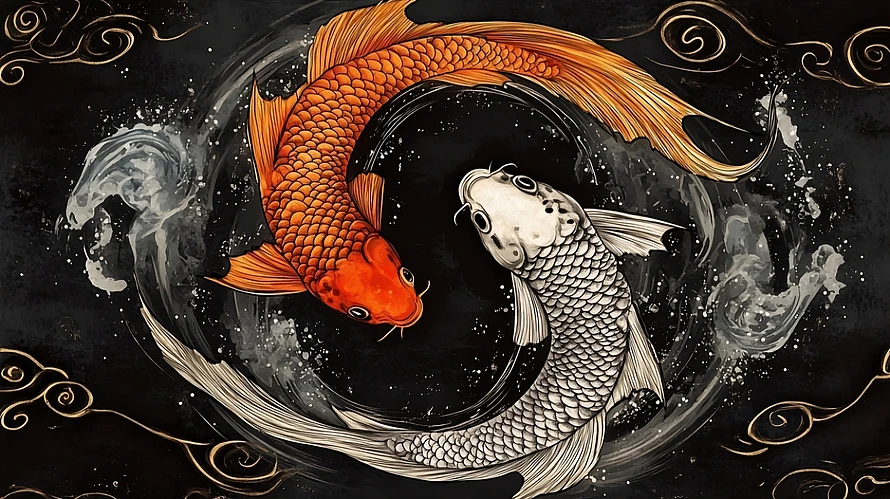The History of Valentine's Day and the Symbolism of Cupid From Ancient Traditions to Modern Celebrations
The Origins of Valentine's Day
Valentine's Day is a day honoring love and affection. Its beginnings are unknown and there are numerous ideas regarding it. One of the most often cited ideas links it to the mid-February Roman celebration of Lupercalia. Celebrated in honor of the Roman god of agriculture, Faunus, and the founders of Rome, Romulus and Remus, this festival carried rites meant to clean the city and advance fertility.
Another view holds that Saint Valentine, a Christian martyr, inspired Valentine's Day. Early Christian history names several martyrs called Valentine or Valentinus, but the most well-known one was a Roman priest active in the third century. Legend has it that Emperor Claudius II banned marriage for young men because he believed lone men made better fighters than those with spouses and families. Valentine disobeyed the rule and carried on secretly completing weddings for young couples. Upon his discovery, he was imprisoned and put to death on February 14, around 270 A.D. Pope Gelasius I also designated February 14 as Saint Valentine's Day in 496 AD, effectively Christianizing the pagan feast of Lupercalia. This day started to be connected with love and passion over the years.
The Symbolism of Cupid
Often presented as a beautiful young man with the ability to cause people to fall in love, Eros was the god of love in Greek mythology. He was seen as both kind and dangerous, as his influence might produce unexpected results.
As Cupid, the son of Venus, the goddess of love, and Mercury, the messenger of the gods, the Romans embraced Eros into their mythology. Among Valentine's Day's most enduring emblems is Cupid. Often portrayed as a cherubic lad with wings equipped with a bow and arrow, Cupid is known as Eros in Greek mythology. Myth has it that anyone hit by Cupid's arrow would be overcome with unquenchable yearning and fall in love with the next person they came across, therefore reflecting the erratic character of love.
Valentine's Day Evolution
Over the millennia, Valentine's Day celebrations changed dramatically. It had come to be connected throughout Europe, especially in France and England, with romantic love by the Middle Ages. During this time, the idea of courtly love—where knights would act honorably to gain the love of ladies—became rather popular.
The exchange of love letters, or "valentines," started in the 15th century. A sonnet penned by Charles, Duke of Orleans, to his wife while imprisoned in the Tower of London in 1415 is the oldest recorded Valentine still in use. By the 17th century, Valentine's Day little mementos of affection or handwritten messages were often traded among friends and lovers from all social levels.
Over the Victorian era, the holiday experienced notable commercialization. Penny postage brought in Britain (1840) made sending cards more easily available. Often handcrafted, these early Valentine's cards had intricate paper lace, ribbons and dried flowers, sentimental poetry, and secret messages and symbols. Esther A. Howland, also described as the "Mother of the American Valentine," started offering intricate handcrafted valentines for sale in the United States in 1840. This signaled the start of a prosperous sector still flourishing now. The Greeting Card Association estimates that, just in the United States, an estimated 145 million Valentine's Day cards are sent annually, ranking second among all the card-sending holidays.
Valentine's Day in Modern Times
Today Valentine's Day is celebrated around the world. However, the rituals and celebrations vary depending on the nation. Giving flowers, chocolates, jewelry, and other presents is typical of expressing love in the United States and many Western nations.
Popular celebrations of the day are also candlelit meals, romantic trips, and special visits. Valentine's Day now encompasses not only romantic love but also other kinds of devotion and gratitude. Sending cards and gifts to friends, relatives, and even pets is not unusual for many. Valentine's cards are traded among schoolchildren amongst friends, therefore promoting inclusiveness and camaraderie.
Some nations have created their own distinctive Valentine's Day celebrations. On February 14th, ladies in Japan are customarily giving chocolates to males. One month later, on March 14th, sometimes known as "White Day," males return the favors to the women. Valentine's Day is observed in Finland and Estonia under the name "Friend's Day," with an emphasis on honoring friendships above romantic ties.
Valentine's Day holds a particular place in people's hearts as a day to honor love in all its manifestations, even with its commercialization. Valentine's Day reminds us of the value of love and connection, whether by big gestures or small acts of kindness.
Conclusion
Valentine's Day's past is a fascinating tapestry of old customs, mythological, and changing practices. From its apparent beginnings in Roman pagan ceremonies to its connection with Saint Valentine, the day has changed significantly over the ages. With his magical arrows, Cupid's symbolism gives the celebration of love legendary appeal.
Valentine's Day is still a treasured celebration for showing love, affection, and gratitude even as it changes in contemporary times. Valentine's Day is evidence of the continuing power of love, whether observed with conventional romantic gestures or more modern symbols of friendship.
Cupid Express Service Kiss Cut Stickers
Angelic Rebels Black Glossy Mug
Cupid-express-service-unisex-hoodie
Cupid-express-service-streetwear-tee
Cupid-express-service-crewneck-sweatshirt
Euphoric Love-affection-sweatshirt
Affectionate-words-heart-premium-hoodie
Romantic-word-collage-kiss-cut-sticker



